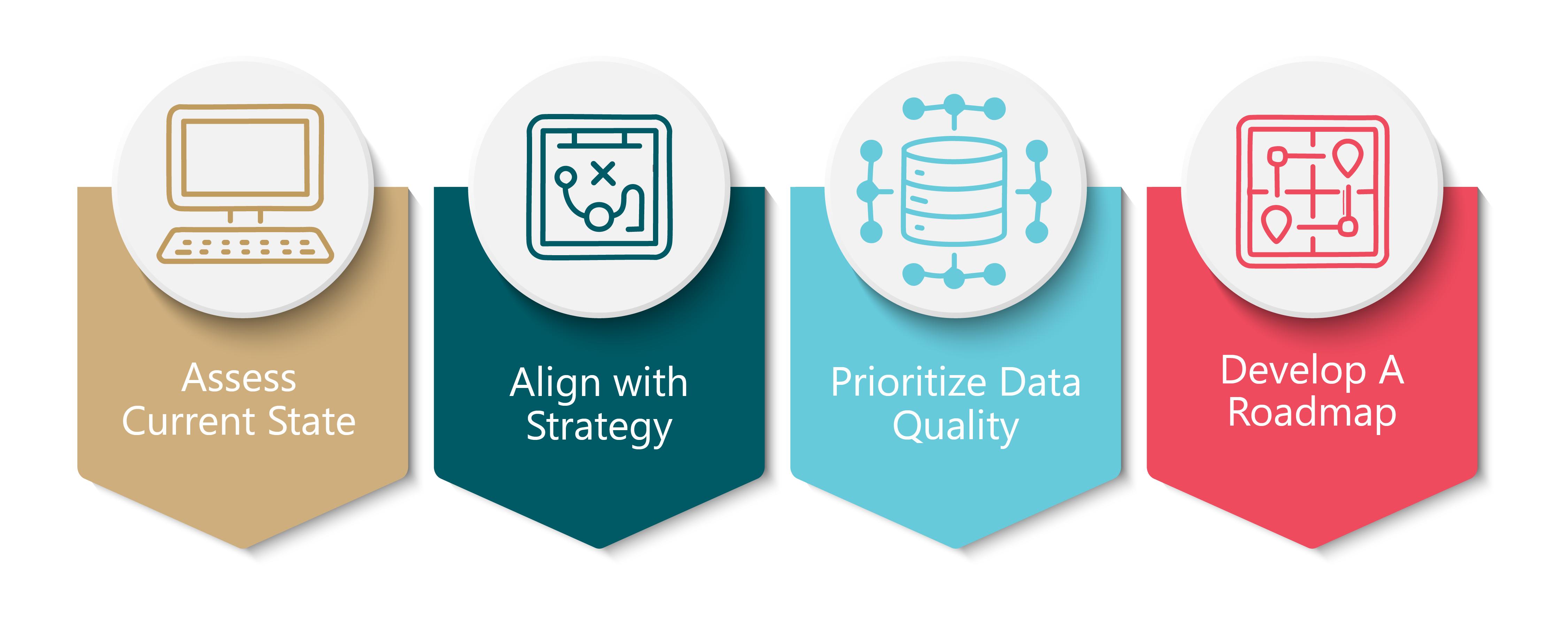
The Why and How of Automating SOX Controls
- Published
- Aug 30, 2024
- By
- Srinivas Kotha
- Share
The Why and How of Automating SOX Controls
In today's complex business landscape, organizations face increasing regulatory pressures and must ensure robust internal controls remain compliant. The Sarbanes-Oxley (SOX) Act has become a critical framework for public companies, requiring effective controls over financial reporting. Automating and continuously monitoring these SOX controls have emerged as strategic approaches to improving efficiency, reducing risks, and enhancing overall compliance.
Benefits of Automating SOX Controls
- Improved Efficiency – Significantly streamlines the compliance processes, reducing the time and effort required for manual tasks, such as control testing and reporting.
- Enhanced Accuracy – Minimizes the risk of human error, ensuring consistent and reliable financial reporting, which is crucial for SOX compliance.
- Increased Visibility – Provides real-time monitoring and reporting, allowing organizations to identify and address issues more quickly—thereby improving overall compliance and control effectiveness.
Continuous Monitoring of SOX Control

Continuous monitoring can encompass a range of capabilities, such as automated control testing, exception reporting, and trend analysis. This allows organizations to identify control deviations, understand the root causes of variances, and rapidly implement corrective actions. Additionally, continuous monitoring provides valuable insights into the overall health of the control environment, enabling data-driven decision-making and the optimization of control processes.
Key Considerations for Implementing Automation
Defining clear objectives and aligning automation initiatives with the organization's overall compliance and risk management strategies are crucial. This helps ensure that the implemented solutions address the organization's specific needs and deliver the desired outcomes (e.g., improved control effectiveness, enhanced visibility, reduced compliance costs).
Additionally, organizations should prioritize data quality and integrity because the reliability of automated controls is heavily dependent on the accuracy and completeness of the underlying data. Establish robust data governance practices, including data validation and reconciliation, to maintain the integrity of the compliance data.

Assess Current State – Evaluate the existing control environment and identify areas where automation can drive the most significant improvements.
- Align with Strategy – Ensure that automation initiatives are aligned with the organization's overall compliance and risk management objectives.
- Prioritize Data Quality – Implement robust data governance practices to ensure the reliability and integrity of the data supporting automated controls.
- Develop a Roadmap – Create a well-defined implementation roadmap, including change management and user adoption strategies, to ensure a smooth transition to automated controls.
Measuring the Effectiveness of Automated SOX Controls
Evaluating the effectiveness of automated SOX controls is crucial for organizations to ensure that their compliance efforts are delivering the desired outcomes and to identify areas for improvement. By implementing robust metrics and key performance indicators (KPIs), an organization can gain valuable insights into the performance and impact of its automated control environment.
Relevant metrics may include control testing coverage, remediation timeliness, control deviations identified, and/or the overall compliance risk profile. These metrics can be used to track the efficiency and reliability of the automated controls as well as the organization's ability to proactively address control issues.
In addition to quantitative metrics, organizations should also consider qualitative measures (e.g., user satisfaction, audit findings, stakeholder feedback). These valuable insights can help identify areas for process improvements, training deficiencies, or the need for additional automation or control enhancements.

As the regulatory landscape continues to evolve and compliance demands increase, the need for effective automation and continuous monitoring of SOX controls will only grow. Organizations that proactively invest in these capabilities will be better positioned to navigate the complexities of SOX compliance, stay ahead of potential risks, and demonstrate the effectiveness of their control environments to stakeholders and auditors.
The future of SOX compliance will likely see further advancements in areas such as artificial intelligence, machine learning, and predictive analytics. This will enable organizations to enhance their control monitoring capabilities; identify control deficiencies more accurately; and make more informed, data-driven decisions. By embracing these emerging technologies, organizations can stay at the forefront of compliance management and ensure the long-term success and resilience of their SOX compliance programs.
Contact EisnerAmper
If you have any questions, we'd like to hear from you.











